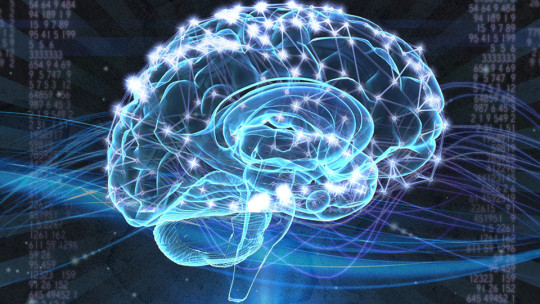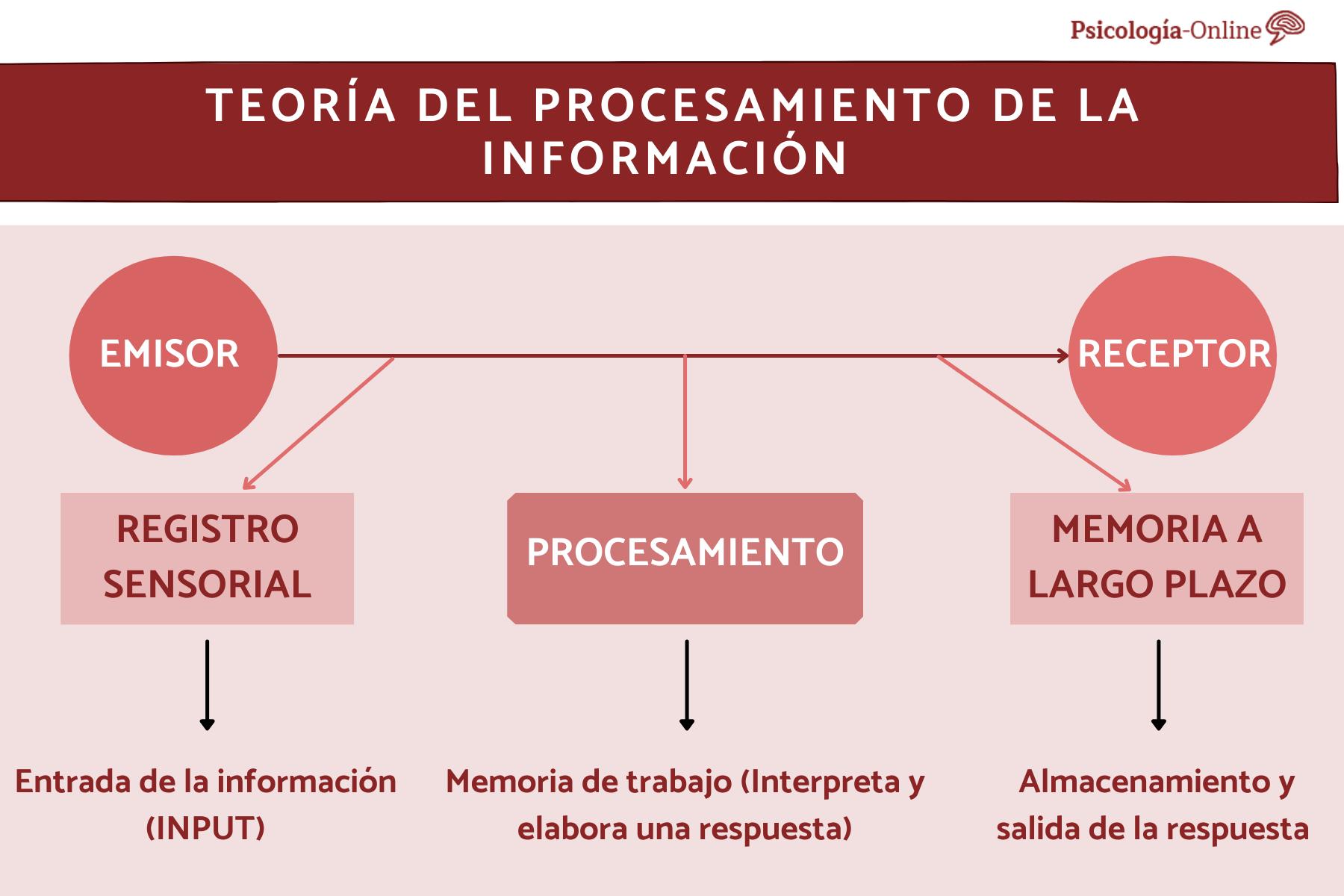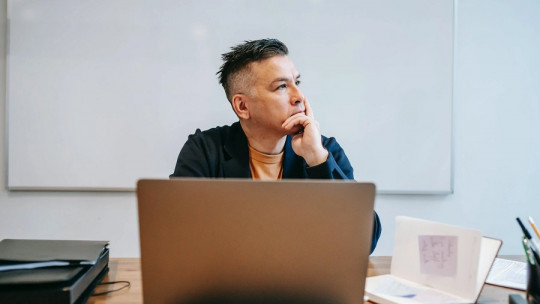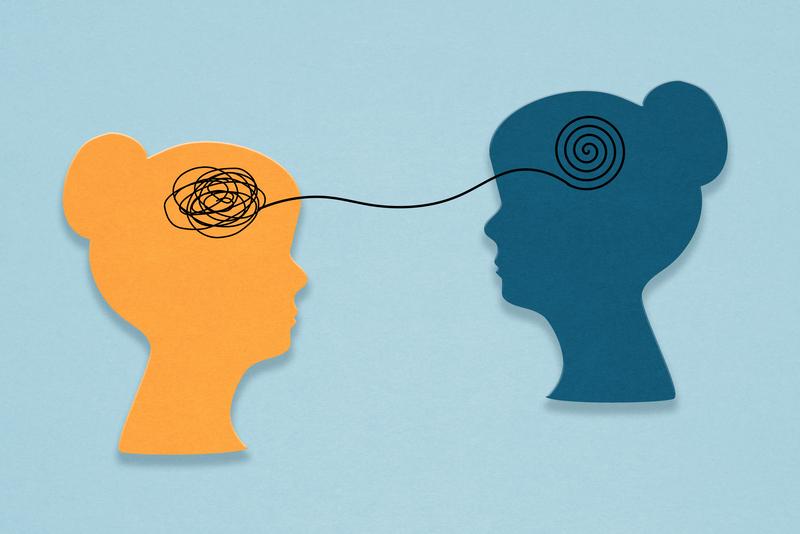What are the models for? What reasons may be important to “model” a process such as, in this case, counseling? The models influence the way the advisor will help through various plans, activities, proposals, etc. Positioning yourself in “X” model will mean that interventions will be made in the center, while positioning yourself in the other model will imply that there will be more preventions. That is, the performance will be adjusted in one direction or another.
Furthermore, it is an adjustment of expectations between the advisor and students, between the advisor and teachers; especially the guardian, between mothers/fathers and other organizations such as: social services, health services, the CCP, etc. In this Online Psychology article we discover the different models of psychopedagogical counseling<
Uses of psychopedagogical models
We can also consider important “modeling” the process, because the difficulties that exist in educational contexts have a multi-causal origin and that will make it more convenient to position oneself in a certain model and not in another. Although we must keep in mind that, sometimes, the center’s restrictions and resources prevent the use of certain types of models.
Finally, we can think about “modeling” it to consider what position each party holds on the way of teaching and learning, since this will condition the decisions made at the center.
remedial model
Their role is to solve specific problems, mainly those caused by the students, instructing parents and teachers what they should do. Its purpose would therefore be to diagnose the problems of some students and apply specific programs to them.
Educational-constructive model
Their role is to contribute to developing the educational center as a whole; participating in making decisions that affect the organization of the center. It is a true collaboration between the various agents (teaching teams, families, students.)
When they intervene, the problem is isolated and the intervention is particular. The purpose would be for the advisor to maximize the teaching capacity of the professionals who make up the educational center and enhance the students’ ability to learn.
The constructive educational model is the most suitable
Why can we say that the educational-constructive approach is educational and is constructive? It is because it is taken into account that In learning, the help of educational agents is necessary for the development of the student and because we must collaborate among everyone to be able to improve teaching and ways of learning. Likewise, from this approach it is considered that the student should not limit himself to appropriating the contents, but should reconstruct his representations.
Does the option for a constructive educational model have any relationship with the complex-multidimensional nature of educational processes? Yes, it is related to the complex and multidimensional nature of the educational processes, since the constructive educational model takes into account: the mediating function in learning, the interaction between the mediating agents and the student that occurs in a social context, the progressive autonomy of the student to build new content through the already existing, etc.
This article is merely informative, at PsychologyFor we do not have the power to make a diagnosis or recommend a treatment. We invite you to go to a psychologist to treat your particular case.
If you want to read more articles similar to Psychopedagogical advice: most prominent models we recommend that you enter our Cognitive Psychology category.









